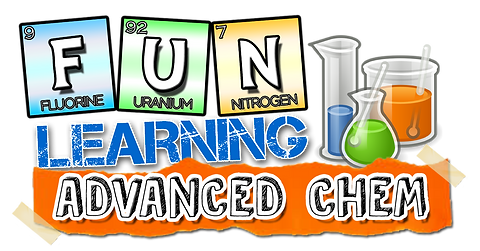


Molecular Geometry is the three dimensional structure of a molecule in a given compound, in knowing a molecular structure of a compound you need to have the ability to predict it using some methods to do and express the substances.
The outer most shell which contains the valence electrons of substances is where chemical bonds happen. Bonded atoms and lone pairs are more likely to be seen at the outer most shell.
VSEPR (Valence Shell Electron Pair Repulsion) is the theory that shows the geometrical representation of covalent bonded compound which is determined by the repulsion between electron pairs present in the valence shell of the atom. The geometry of the molecule depends on the number of bonding groups (bonded atom and the number of nonbonding electrons on the central atom that is called lone pairs).
However, in this article, I will discuss the Molecular Geometry of certain compounds without lone pairs.
The Formula is:
A=Central atom
B=No. of Bonded atoms
-
Draw a Lewis Structure of the molecule. The electrons which are involved in the structure is dependent on the value we obtained from step 2.
*We have 16 valence electrons that will be used in this compound. (From our past computations)
*We need to subtract 4 electrons because we already bonded Beryllium and Chlorine thorugh covalent bond.
16e – 4e=12e
*Distribute the remaining 12 electrons by putting 6 electrons around the two Chlorine atoms.
12e - 12e=0
-
From the procedures we did, we can now conclude what is the molecular geometry of the compound BeCl2. We can see that it has 1 central atom and 2 bonded Cl atoms. It can be represented as AB2 and can be called as a Linear molecule having a 180 degree bonding angle.


Steps to Represent the Molecular
Geometry of Compounds
-
Understand the given compound by identifying which is the bonded atom and the central atom.
Example:
*Be (beryllium) is the central atom
*Cl2 is the surrounding atom
-
Identify their group number and then solve by adding their group number and multiplying them to their coefficient. This method aims to get the total electrons needed for the structure.
Example:
*Beryllium is a group 2 element and its charge is +2,
*Chlorine is a group 7 element and its charge is -1
SOLVE: Be + Cl2=total electrons
2(1) + 7(2)=16e





